Pumpkins?
Auther
9 years ago
Related Stories
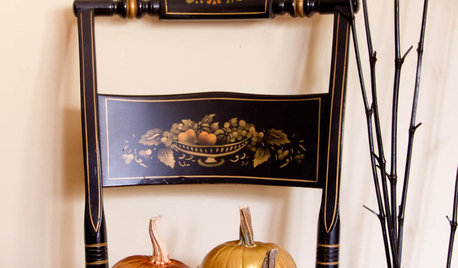
DECORATING GUIDESPretty Up Pumpkins With Paint
Put down the carving knife — we've got a better way to prep your pumpkins for Halloween
Full Story
ORANGETreat Your Rooms to Pumpkin Pie Orange
Stir some pumpkin colors into your interiors for design deliciousness that lasts well beyond Thanksgiving
Full Story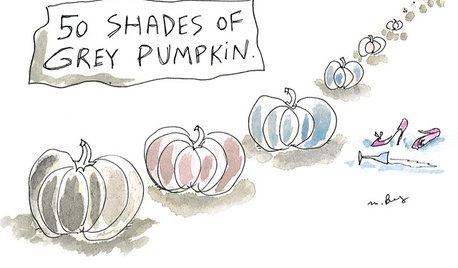
HOLIDAYSPumpkin Themes to Haunt Your Halloween
What current events and decorating styles will inspire your pumpkins this year?
Full Story
MOST POPULARFalling for Color: 9 Ways With Pumpkin Orange
From racing stripes to accent walls, see how to work this vibrant hue into your home
Full Story
EDIBLE GARDENSSummer Crops: How to Grow Pumpkins
Start in spring to grow your own fall decorations and have plenty left for pies
Full Story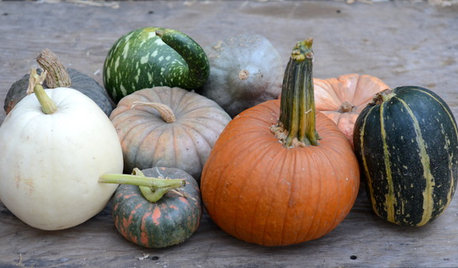
GARDENING GUIDESJoin Us for a Parade of Pumpkins
Fall eye candy: Get to know 9 winter squash varieties, including Long Island Cheese and Blue Hubbard
Full Story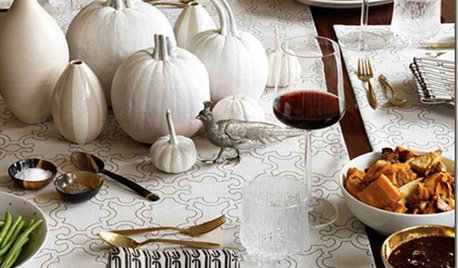
DECORATING GUIDESPick Up Some White Pumpkins for Elegant Fall Decorating
Ghost-white gourds give autumn decorating a chic alternative to the jack-o'-lantern
Full Story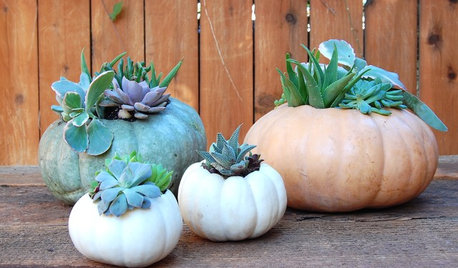
DIY PROJECTSDIY: Pumpkins and Succulents Combine as Holiday Decor
Follow this easy tutorial to turn your favorite pumpkins into a fresh update for your home or a gift item
Full Story
DECORATING GUIDES10 Ways to Decorate With Pumpkins Around the House
A bright orange pumpkin or its albino cousin makes the easiest Halloween decoration ever
Full Story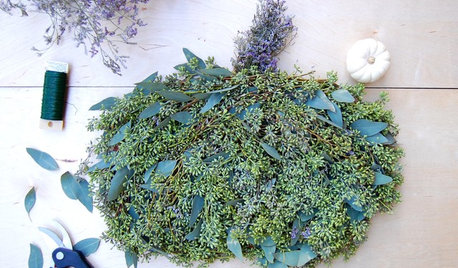
HOLIDAYSFall DIY Project: Pumpkin-Shaped Eucalyptus Arrangement
Freshen up your front entry with this easy-to-make decorative piece
Full StorySponsored
More Discussions






Macmex
AutherOriginal Author
Related Professionals
Saint Matthews Landscape Architects & Landscape Designers · Paradise Landscape Architects & Landscape Designers · Wilmington Landscape Contractors · Bedford Heights Landscape Contractors · Brookfield Landscape Contractors · Brookline Landscape Contractors · Cambridge Landscape Contractors · Eagle Landscape Contractors · Fairview Landscape Contractors · Mount Kisco Landscape Contractors · West Coon Rapids Landscape Contractors · Hampton Bays Decks, Patios & Outdoor Enclosures · Larkspur Decks, Patios & Outdoor Enclosures · Rocklin Decks, Patios & Outdoor Enclosures · Decks, Patios & Outdoor EnclosuresMacmex
Okiedawn OK Zone 7
AutherOriginal Author
kfrinkle
Okiedawn OK Zone 7
kfrinkle